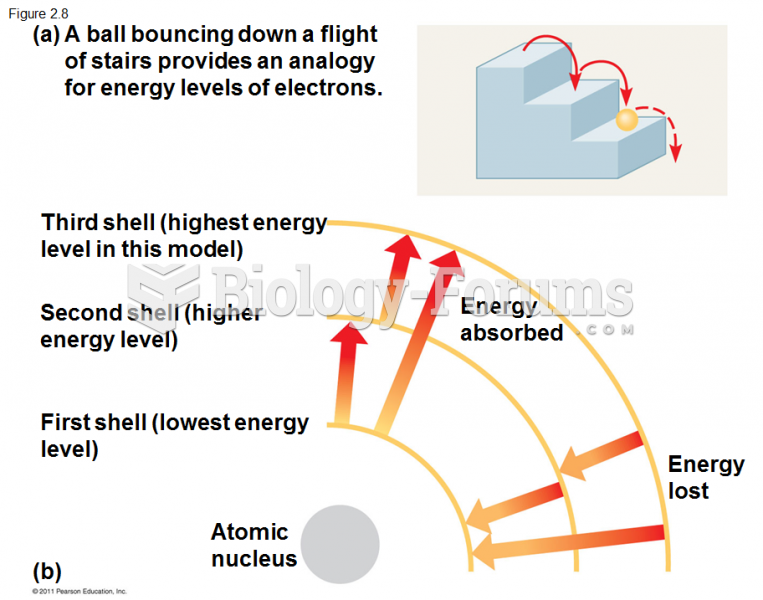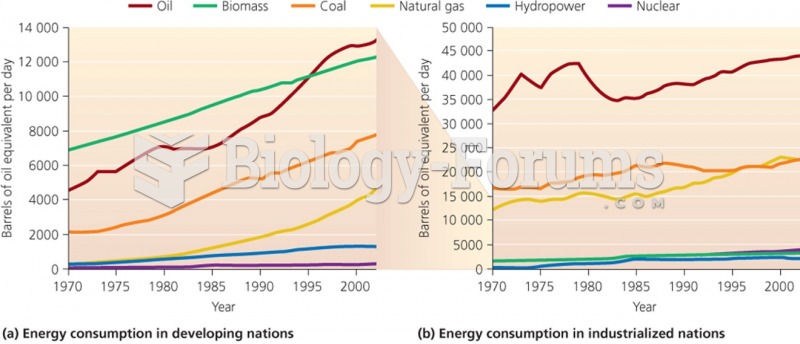|
|
|
Though methadone is often used to treat dependency on other opioids, the drug itself can be abused. Crushing or snorting methadone can achieve the opiate "rush" desired by addicts. Improper use such as these can lead to a dangerous dependency on methadone. This drug now accounts for nearly one-third of opioid-related deaths.
Earwax has antimicrobial properties that reduce the viability of bacteria and fungus in the human ear.
Bacteria have been found alive in a lake buried one half mile under ice in Antarctica.
Pubic lice (crabs) are usually spread through sexual contact. You cannot catch them by using a public toilet.
When Gabriel Fahrenheit invented the first mercury thermometer, he called "zero degrees" the lowest temperature he was able to attain with a mixture of ice and salt. For the upper point of his scale, he used 96°, which he measured as normal human body temperature (we know it to be 98.6° today because of more accurate thermometers).







